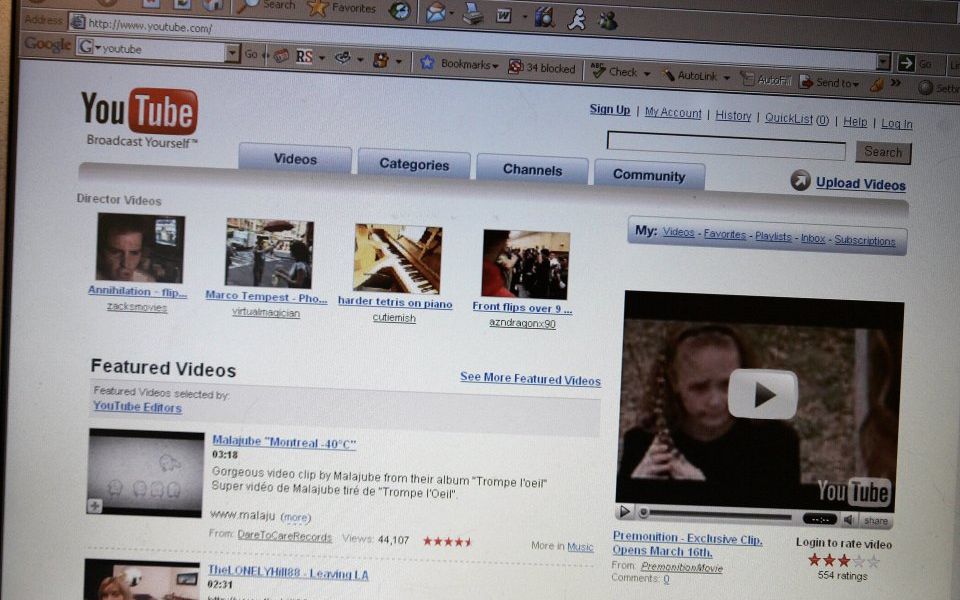DEBATE: Will YouTube’s tougher requirements make the platform safer for brands to use?

Will YouTube’s tougher requirements make the platform safe for brands to use?
Ross Barnes, chief technology officer at m/SIX, says YES.
Google’s recent update is a step in the right direction for building trust within the advertising industry.
Concerns surrounding YouTube have plagued the industry for the last 12 months, with a constant presence of negative stories in the media damaging the reputations both of Google, and of numerous advertisers.
At m/SIX, we place the highest importance on brand safety for our clients through well-established rigour and processes. It’s encouraging to see that the industry’s feedback to Google has been taken on board, and we welcome the action plan the platform has set out. Allowing third-party verification vendor tests on YouTube in particular will go a long way towards rebuilding Google’s reputation across the industry.
Although we can never guarantee 100 per cent brand safety due to the user-generated content that defines YouTube, Google’s actions, coupled with media agency rigour, will certainly help make YouTube a safer, more trusted environment for clients.
Read more: We’re right to condemn Logan Paul
Daniel Gilbert, founder and chief executive of Brainlabs, says NO.
YouTube will never be 100 per cent safe. It never has been, and nothing – other than employing hundreds of thousands of staff to personally check every channel – will ever change that fact.
User-generated content platforms have a built-in risk element, which any advertiser worth their salt is aware of. Unlike with traditional publishers, there is simply no failsafe way of monitoring the massive volume of content a platform like YouTube contains.
For the most brand-conscious businesses, the best option is take a whitelist-only approach. That means manually vetting brand-appropriate channels yourself, and setting your targeting to appear exclusively on those channels. Google Preferred is a decent shortcut for this, and will certainly be a lot safer, but I’m sure many brands will want the lower costs and wider reach of the non-Preferred channels.
I find it baffling how the media and the ad industry place the blame on YouTube. We all know the risks, and we should all know how to avoid them by now.
Read more: What the advertising industry should watch out for in 2018